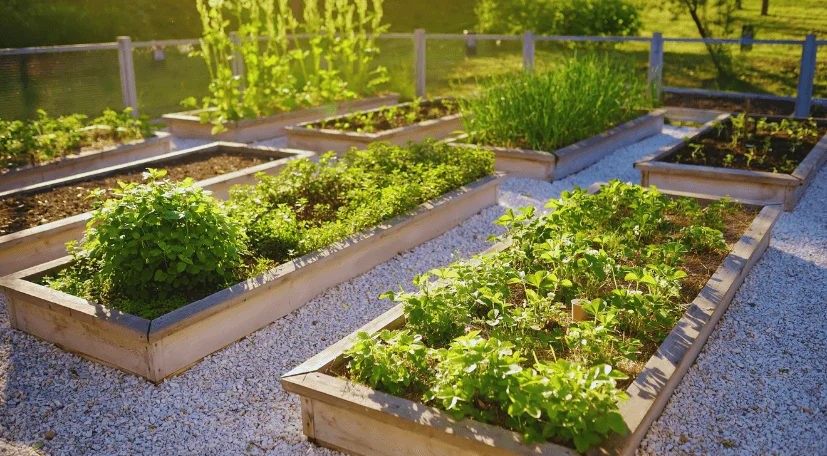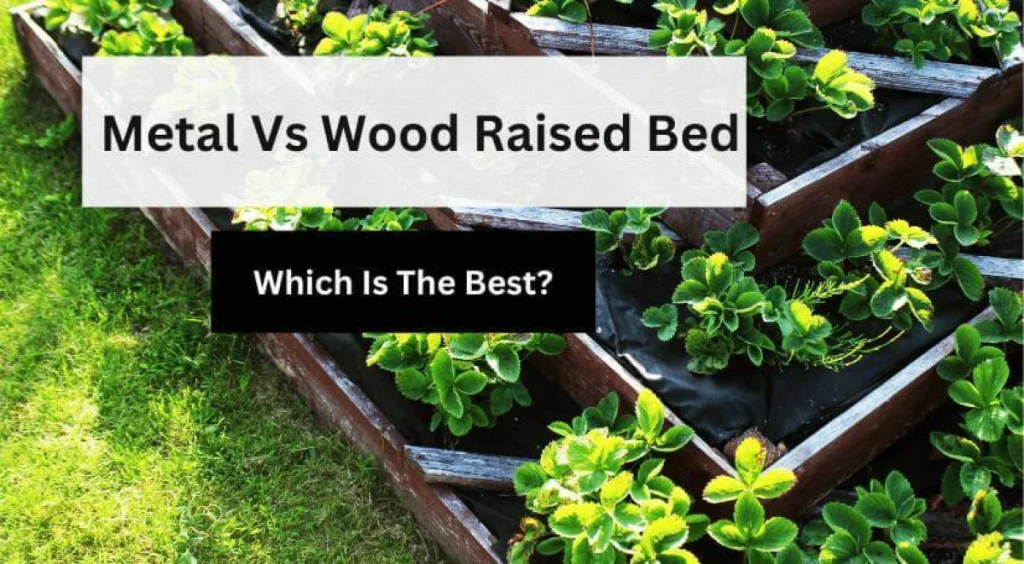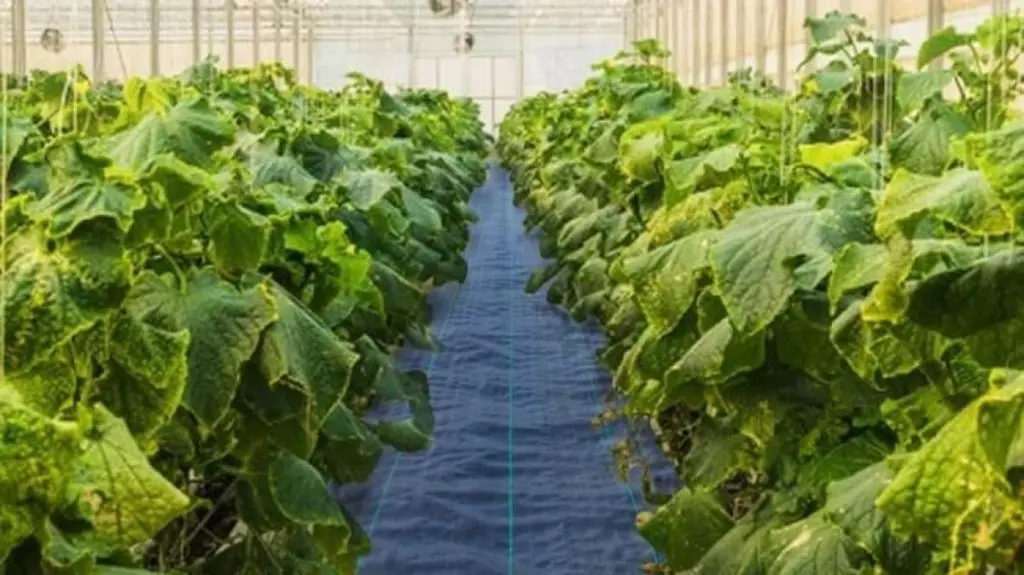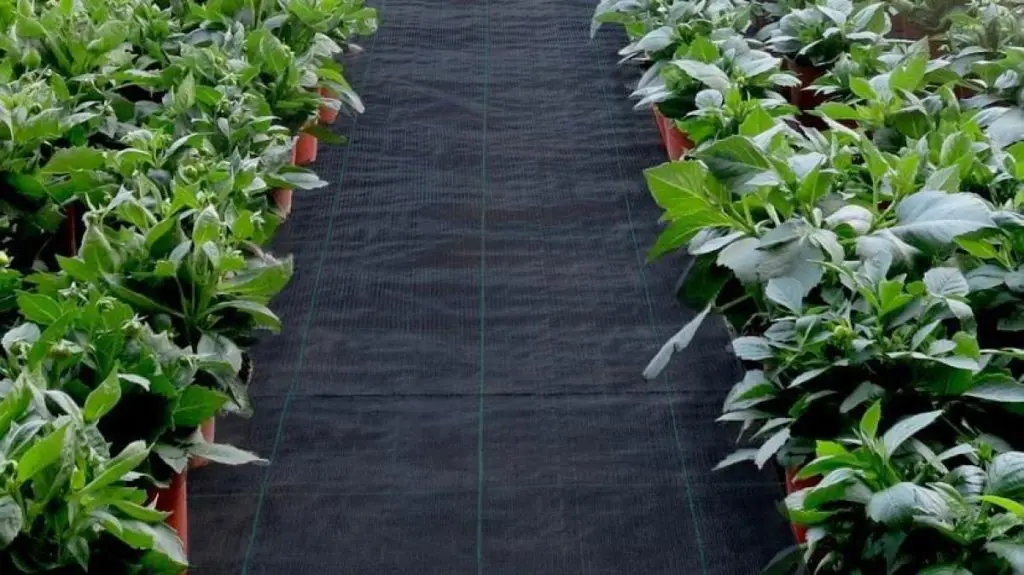Many above-ground gardens choose raised garden bed kits for a variety of reasons. Besides protecting from weeds and pests, raised garden beds provide better ergonomics and the ability to grow various flowers, herbs, and food. Additionally, they add an aesthetic appeal to the backyard that is classic and beautiful. Raised garden beds are typically constructed from metal or wood.
If you consider raising your garden beds, you may wonder what material to use. Ultimately, it depends on your skills, style, budget, environment, and what materials are easy to get. In this article, we’ll look at the qualities of metal-raised garden beds vs. wooden-raised garden beds and attributes to consider. It’s a well-known trend among gardeners that raised garden bed kits make gardening easy and fun. Choosing the right raised garden bed kit depends on your needs.
Metal Raised Garden Bed
There is an increasing interest in using metal for raised garden beds, with companies producing metal raised garden bed kits that are easy to assemble, safe to use, and last longer than wooden ones. Even though metal garden beds are more expensive initially than wooden beds, they provide gardeners with the best long-term solution and value.
Advantages of metal raised garden beds
It is important to remember that wooden garden beds and their hardware are subject to rust, making them an inferior option if you are seeking a garden that will last for a long time. Although you can build taller raised beds from wood, metal bed kits come in taller versions already. For older gardeners or those with mobility issues, taller raised beds are easier to plant, weed, mulch, and harvest.
With zinc-covered steel, VEVOR’s specialized metal beds are ideal for any open-air application, protecting them from erosion and rust. Keeping these metal-raised garden beds going for 20 years only requires little maintenance. These metal raised garden beds won’t rust, and they’re durable for years to come.
VEVOR offers a variety of metal raised garden beds with superior quality, rust-free metal, and a seamless ordering and delivery process. You can shop online if you’re looking for metal raised garden beds. Their raised garden bed kits and modular systems are easy to install and increase sustainability.
Disadvantages of metal raised garden beds
A metal raised garden bed may seem like a great idea, but there are costs involved. In terms of costs, galvanized steel raised beds are much more expensive than wooden raised beds. Raised garden beds made of metal are harder to find. Metal suppliers are few and far between, and scavenging yourself can result in rusty steel. In acidic soil, metal-raised garden beds won’t last as long. Zinc is gradually eroded by acid. Blueberries like acid-loving soil, so use plastic-lined galvanized steel. Some other advantages are as follows:
● Metal-raised garden beds are more costly than wooden ones: A timber garden bed of the same size would cost approximately 1/3 as much as a metal one.
● Sharp edges – Thin metal garden beds are more likely to have this problem.
● Cooling Efficiency: Unlike wood, they do not retain heat in the evening.
The soil won’t be insulated much by metal-raised garden beds for winter gardening. In the sun, metal will heat up more quickly, but at night, it will also release heat more rapidly.
How to choose the best metal raised garden beds
There are several options available for you when it comes to adding to your garden. Metal-raised garden beds come in many different styles, but I would strongly warn against those that use plastic posts or fittings since the plastic will deteriorate or break long before the metal.

Choose a design that is all steel, or that has a wood frame or post instead. You can easily replace wooden frames over the course of a raised garden bed’s lifetime, at least for wooden frames. VEVOR would be my first choice if you reside in the United States or Australia (they also ship to Canada).
Wood-raised garden beds
In the world of gardening, wood is the most popular choice, and for good reason. There is no shortage of it, and it is cheap. A wood-raised garden bed can last several years before it needs to be replaced.

Advantages of wood-raised garden beds
For raised garden beds, wood has the advantages of being affordable, customizable, and universally available. Furthermore, they are among the best materials for raised beds in terms of thermal performance.
Even old furniture and curbside wood can be salvaged for free. If you have a forested woodlot, you can get your wood. For most gardeners, lumber can be found at the hardware store, and pine, even for large raised beds, is very affordable.
Whether you live in the city or urban area or growing a survival garden in the middle of nowhere, wood is easy to find. A lot of options are available when it comes to wood garden beds. A wooden raised bed is easy to customize, and you can have the exact amount of wood you need.
The lumber can be cut to any size you want, so you can make raised beds that fit your needs. There’re many limitations to metal raised garden beds, even though they’re available in different sizes. Often, wood is overlooked for its insulating properties. For winter gardening, wood is excellent for building raised beds with cold frames because it insulates the soil better than metal.
Disadvantages of Wood-Raised Garden Beds
The main disadvantage of using wood is that it does not last as long as a metal raised garden bed, especially if you live somewhere humid or rainy.
Over time, wood rots and is also eaten by termites and sow bugs. You can easily replace boards if needed if you’re a DIY gardener. Metal-raised garden beds are a better option if you don’t want to fuss with raised beds once you’ve built them. Raised beds made from wood generally last 10 years, unless you use cedar or redwood.
Types of Wood for Garden Beds
However wood is quietly inexpensive for raised garden beds, but it depends on the type you’re using. Due to their availability and affordability, most gardeners use untreated pine. Pine doesn’t last as long as other kinds of wood. Pine beds that aren’t treated usually last 7 to 10 years. In humid climates, like the Pacific Northwest or the Deep South, wooden raised beds may not last as long.
Cedar or redwood are the most expensive, but they’re the most durable. However, cider is widely available but expensive in price. Cedar beds can last up to 20 years if you can find cheap cedar or are willing to pay more.
Recently, repurposing wood pallets has become a popular option for DIY raised garden beds on a budget. Pallets are often free if you ask around distribution centers, large stores, or even local online ads. Alternatively, pallet recycling centers in your area may be able to provide you with pallets for free or at a nominal charge.
MB pallets or pallets with colored markings should not be used to build wood-raised garden beds. Wood pallets are treated with methyl bromide, a toxic chemical. If wood pallets are stamped HT, DB, or KD, they are safe for garden use.
Factors to Consider When Choosing Between Metal and Wood-Raised Garden Beds
There’s much to consider when you’re looking for a metal or wood-raised garden bed. Some of them are as follows:
● Climate: It totally depends on your area climate where you live; if you live in a coastal and dry area, then we recommend you choose a wooden raised garden bed, but people living in a cold area are recommended to use a metal raised garden bed.
● Soil Conditions: Plants love to grow on moist soil rather than soggy. So, for a raised garden bed, you need a garden soil and a potting mix for best results.
● Garden Design: Whether you’re using metal or wooden raised garden bed, both give an aesthetic appeal to your garden. The raised bed shouldn’t be wider than your garden, but make sure that you’ll need to walk to the other side.
● Budget: Metal-raised garden beds are more expensive than wooden ones. You can choose any within your budget.
● Longevity: Hence, it’s a one-time investment that goes for a long but make sure to buy one which suitable for your climate and go durable. Metal-raised beds are more durable and protected against moisture. But it can easily get rust if you don’t care properly.
● Environmental Impact: Growing plants safely in your bed is possible, but they may not be eco-friendly. Generally, these beds react negatively to their surroundings. The raised bed heats up in high temperatures, making everything inside it hot.
Which Material Should You Choose: Metal or wood-raised garden beds
There are a lot of people who like metal beds. My favorite thing about wood beds is that they feed your garden as they rot away. Untreated wood makes up most of the beds. There’s no such thing as better here. Although metal lasts longer, it’s more expensive and doesn’t feed your plants. It’s all up to you what you like.
But some factors should also consider before buying metal vs wood-raised gardens, such as:
For an Unlimited Budget:
Don’t rush and choose cheap quality if you’re not bound to pay more than go for a metal raised garden bed. Because if you settle for less and may buy the cheap product, you’ll not need to get the high-quality product.
For those on a budget:
People who don’t want to spend more on raised garden beds should go for a wooden raised garden bed.
For a humid climate:
If you’re living in a humid area, metal and wooden raised garden beds will get rusted and rot quickly. So, choose as you are convenient.
Mobility Issue:
It’s easy to plant and flower in a metal raised bed if you have mobility issues or don’t want to fuss with your raised beds.
Frequently Asked Questions about Wooden Raised Garden Beds
Q1-Are metal-raised garden beds safe for growing edible plants?
Luckily, metal is a very safe material for your raised garden bed. It’s incredibly sustainable, durable, and beautiful but unfortunately not an affordable option.
Q2-How do I maintain and care for metal vs. wood-raised garden bed?
You can maintain your metal and wooden raised garden beds by watering your plants regularly, adding compost, and pulling weeds as needed. Creating a metal-raised garden bed is an easy process that can help you with your gardening.
Q3-Can I use both metal and wood in my raised garden bed design?
Yes, you can choose any or both of them at the same it as per your requirements.
Q4-What is the average lifespan of a metal or wood-raised garden bed?
The wooden raised garden bed can be durable for up to 7-10 years; however, the life span of a metal raised garden bed is more than 20 years.
Conclusion
Your budget, situation, and style will determine whether you choose a metal raised bed or a wooden one. Some people prefer a rustic look and use wooden garden beds, while others want an industrial, modern backyard or garden setup with metal garden beds. Ultimately, it depends on your budget, style, and how permanent you want your garden to be.





